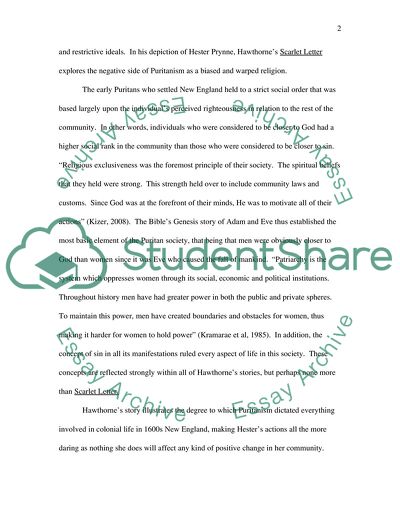Cite this document
(“Puritanism As A Biased And Warped Religion In Literature Research Paper”, n.d.)
Puritanism As A Biased And Warped Religion In Literature Research Paper. Retrieved from https://studentshare.org/literature/1722648-the-scarlet-letter-research-paper
Puritanism As A Biased And Warped Religion In Literature Research Paper. Retrieved from https://studentshare.org/literature/1722648-the-scarlet-letter-research-paper
(Puritanism As A Biased And Warped Religion In Literature Research Paper)
Puritanism As A Biased And Warped Religion In Literature Research Paper. https://studentshare.org/literature/1722648-the-scarlet-letter-research-paper.
Puritanism As A Biased And Warped Religion In Literature Research Paper. https://studentshare.org/literature/1722648-the-scarlet-letter-research-paper.
“Puritanism As A Biased And Warped Religion In Literature Research Paper”, n.d. https://studentshare.org/literature/1722648-the-scarlet-letter-research-paper.


